A SENSE OF PLACE: A Gem Called Zwartkloof
Whenever I tell people that I am about to spend
some time in the bush, their response still bemuses me: “Enjoy the peace and
quiet!” ‘Peace’ is a relative term
and may be used differently by folks to express very different states of
inactivity, calm, tranquillity, lack of conflict or even stress, for example. However,
the term ‘quiet‘ is far less abstract
and so should mean a similar lack of loud noise, at least to most humans.
Possibly, people can ignore noises emanating
from the bushveld; perhaps these noises are not relevant to most human beings,
these noises are not directly related to their own personal lives of work,
family and friends. I have never inquired quite what connotations people
associate with the good wishes – I just know that the bush is never quiet;
there is never silence in the bushveld. In fact, it is a tremendously noisy
place.
As I am writing this blog*, sitting in the shade of the thatched roof of a tiny rondavel at
midday (while family members are snoozing away the hottest hours), in a tiny
patch of bushveld near Bela-Bela in the Limpopo Province of South Africa, a hot
wind is susurrating through the still-leafless branches of the thorn-trees. A
Tree Squirrel is chatting out its alarm call nearby, a group of Glossy Starlings
is ratcheting away at some discussion, and a family of Grey Go-away-birds is
busy settling some domestic dispute to the accompaniment of several Rattling Cisticolas.
The most insistent and penetrating noise is the screaming of the cicadas, begging
the sun to have some mercy on them on this hot, early summer day.
When I did finally tie the knot (as they say)
relatively late in life, I had no inkling of the most generous gift that would
be bestowed on Jacqui and myself. Every year we have had the privilege to be
invited to Maroelarus, a beautiful
small thatched-roof compound situated in a tiny piece of bushveld at Zwartkloof
Private Game Reserve close to Bela-Bela. Our visits usually coincide with
Christmas or New Year; however, in the past we have been invited occasionally to
join my late brother-in-law Flip, my sister-in-law Elize and the nieces and
nephews at other times of the year too. This present trip to Maroelarus is the first family outing to
this most marvellous place since the sudden and untimely passing of Flip
earlier this year. Sala kahle, Ou
Grootte. Ngiyabonga kakhulu.
Zwartkloof lies at the edge of the Waterberg Mountains.
This tiny game reserve measures just two kilometres by two kilometres in size.
The bushveld is very dense since it is difficult to manage a reliable fire regime
to control old growth on such a small property. Yet, despite its size, Zwartkloof
boasts with a great diversity of veld-types. A small portion in the north-eastern
corner of the reserve covers the first gentle slope of a large kopje situated
on the neighbouring farm. Here, on the rocky soil, the bushveld is dominated by
bushwillows, and includes (amongst many other tree species) wild figs,
Candelabra Euphorbia, Live-long and Mountain Karee. In the opposite south-western
corner, the ground is sandy and a deep red in colour. Silver Cluster Leaf trees
and very tall grasses dominate this part of the reserve.
The rest of Zwartkloof is covered by the
typical bushveld of the area, changing between thornveld (with various species of
Acacia (particularly Umbrella Thorn,
Robust Thorn and Red Thorn) and patches of mixed bushveld (dominated by
bushwillows (Red, Velvet and Large-fruited), with African Weeping-Wattle,
Bushveld Saffron, Marula and Jacket Plum. The smaller shrubs in the mixed
bushveld include Common Guarri, several Wild Raisin species and small, scrubby
Sickle Bush.
Large game is scarce at Zwartkloof and
restricted to the common antelope (Kudu, Nyala, Common Duiker, Blue Wildebeest,
Red Hartebeest and Impala, including Giraffe and Warthog) and Burchell’s Zebra.
Watering-points scattered across Zwartkloof are rotated and controlled
carefully, to prevent overgrazing or damage caused by browsing of the
vegetation. Only small predators are resident on the reserve – Banded Mongooses,
Slender Mongooses and, increasingly over the last decade or so, pairs of Black-backed
Jackal and their offspring.
The birdlife at Zwartkloof is spectacular for
such a small and usually quite dry bushveld reserve. The parched winter months
can be challenging for keen birdwatchers, but the summer months reverberate
with the calls of a host of resident species and summer migrants, including six
cuckoo species and four species of owls.
This singular, tiny patch of the bushveld of
South Africa is definitely never quiet, as indicated at the start of the blog.
Obviously, there is no roaring of resident lions, no sawing of local leopards
and no cackling of hyenas – there is, however, the nightly howl of jackal.
The birds add to the daytime cacophony. I have
heard several European visitors remark that Africa does not have a dawn chorus
of bird song. What Africa has instead, is a dawn-raucous, less melodic perhaps,
but just as voluminous. Almost invariably, the francolins and spurfowls will
start the African melody, followed by the unmatched range of calls of the
Fork-tailed Drongos whistling out their own repertoire of songs or disguising
their voices with the mimicked calls of innumerable other bird species. The various
robins, scrub-robins, thrushes and tchagras soon join in. The slightly later risers
of the avian menagerie of the bushveld, the hornbills and go-away-birds, add calls
that are more grating later in the morning.
In summer, Woodland and Brown-hooded
Kingfishers, Black-headed Orioles, numerous cuckoos and the high-pitched trills
of a few bee-eater species, boost the daily performance. The less obtrusive,
soft bubbling of doves, the tinkling of fire-finches and the sibilant swizzling
of Blue Waxbills provide the real melodic musical talent. The noise continues
throughout the day, with a ratcheting of grasshoppers and locusts, the buzz of bees,
the drone of flies, the screams of the cicadas and the tremolo of leaves as a
wind tickles past.
Despite numerous visits during the last decade and
a half, it remains a privilege that I am invited to experience and to explore
this small gem intimately. Zwartkloof has never disappointed – never, not once,
have I encountered at Zwartkloof the same conditions, the same exuberance of
the bushveld. Each visit reveals a different combination of flowering grasses,
trees in bloom, diversity of insect and birdlife. The seasonal changes at Zwartkloof
are dramatic, but even the summers have exposed their unique individuality,
year-to-year.
I have set myself a hopeless task – to capture
in a single image, the entirety of the most awe-inspiring qualities that Zwartkloof
has to offer. I have spent at least a week a year for sixteen years now working
tirelessly to attempt to hold in a single photograph, a single exposure, Zwartkloof’s
unique sense of place. I have captured many good images of the environment, the
flora and the fauna. I have been able to snatch many special moments in images.
As a collection, the photographs taken at Zwartkloof
do reveal, in separate images, the charm and character of Zwartkloof. Yet, I am
still captivated by a conviction (certainly fiction, not fact) that Zwartkloof will
reveal its most treasured sense of place at any moment, to allow me to capture
it in a single photograph, an image that encapsulates all facets that make Zwartkloof
so extraordinary a place.
I know I have not succeeded yet; I know too
that my obsession is a pipedream. Every photograph, every image, is an abstraction
by definition, simply because it is a careful composition that includes only a
chosen subset of elements of a place or its inhabitants, while deliberately
excluding all other, distracting parts. Why then do I proceed with this mania?
I continue searching because I remain convinced that it is possible to capture
in a single frame – although it does not document all species and only a smidgeon
of the geographic locality – a genuine, integral and summative sense of place
of Zwartkloof.
As long as I may still be invited to enjoy this
tiny jewel of bushveld, I will pursue my most tragic romantic passion that
obsesses me still.
* This blog was written on 20/21
October 2020, and is dedicated to my late brother-in-law and his family, the
Bornman folks that have invited Jacqui and me repeatedly to share in the
experience that is Zwartkloof.

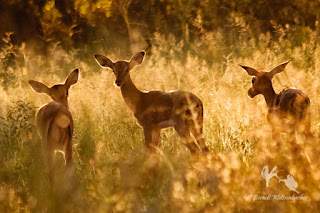

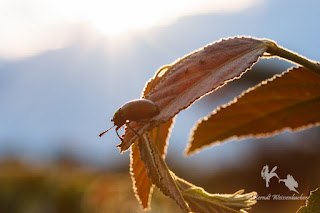

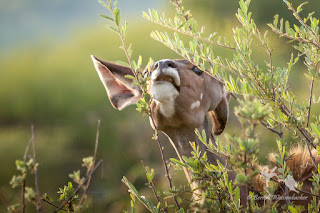

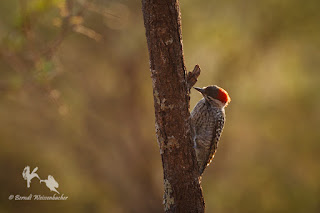
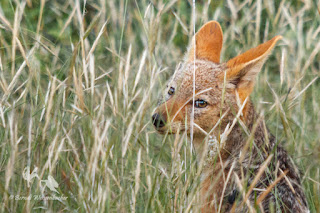
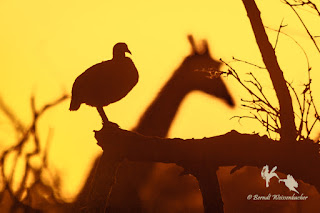
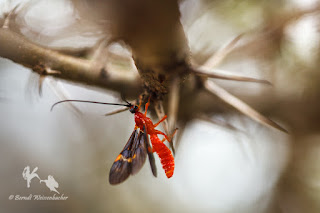
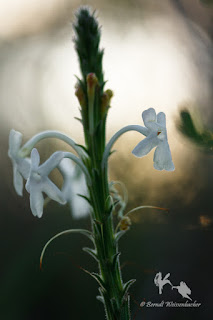
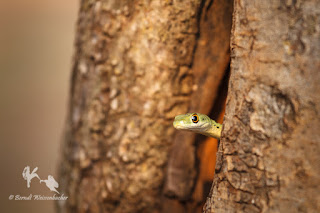
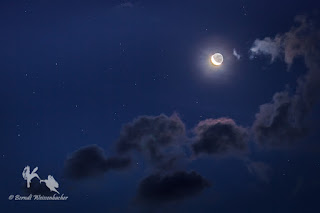
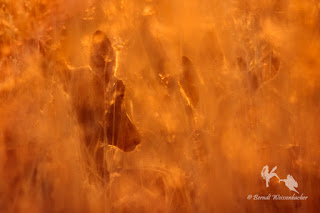
No comments:
Post a Comment